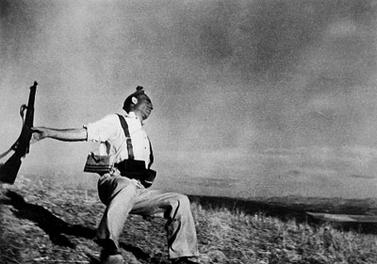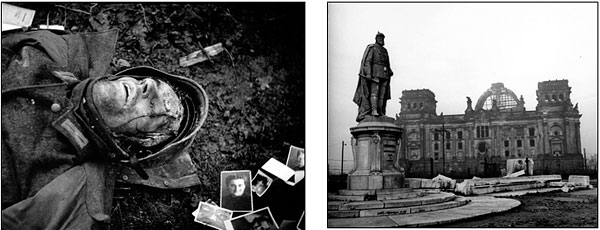As a photographer she soon became one of the most renowned and controversial portraiture photographers of all time. Arbus found her photography as an escape, it is said that through her pictures she was always trying to be someone else, looking at their lives through the lense of her camera.
one of her most famous works was the portraits of the Matthei family, one of New Yorks social elites. she altered the way she took the pictures, instead of asking the Mattheis to smile and pose, she would captivate them by drawing them in with her quiet voice getting them to pose naturally and when they were fully unaware thats when she would take the picture. above is Marcella Matthei, this portrait is one of Diane Arbus' most famous works and paved her way into taking photos of New Yorks rich and famous. In 1971 Arbus took her own life, but her work has proved influential to so many after her.
"Giving a camera to Diane Arbus is like putting a live grenade in the hands of a child." Norman MailerOne of the other key photographers of the 70's was Larry Clark, who produced one of the most famous collections of portraits know to the photography world. "Tulsa" by Larry Clarke showed the dark and dirty side to social elites of America, it is an album composed completely of the inner workings of the the herion dens of America. it contains images of group sex, herion addiction and the destruction of the human body. still controversial Larry Clarks work is still important to photography, this was a never before seen America.
one more of portrait photographys great masterpieces is Pablo Picasso by Tony Vaccaro. the war photographer was invited to do something that only one other before him had done, take a picture of one of the greatest artists of all time, Pablo Picasso. the only person who had done this before him was Bresson, the mac daddy of photography. Vaccaro took many pictures of Piccaso, but none showed the real him, so he told Piccaso to relax, and when he was unaware, thats when he took the picture, capturing Picasso in his normality.
Tony Vaccaro "Pablo Piccaso"







